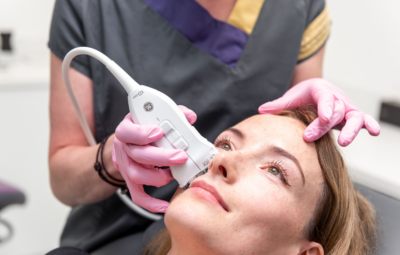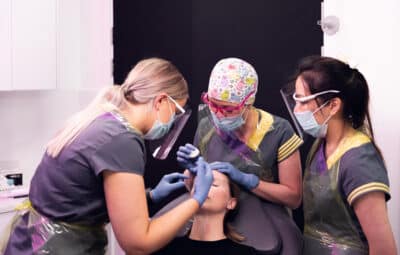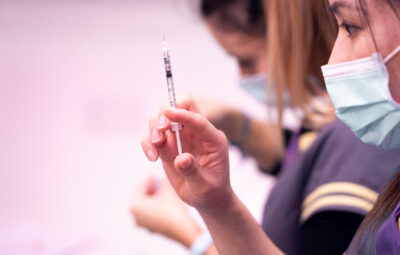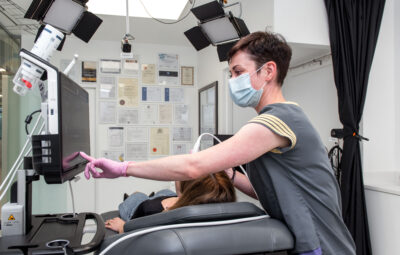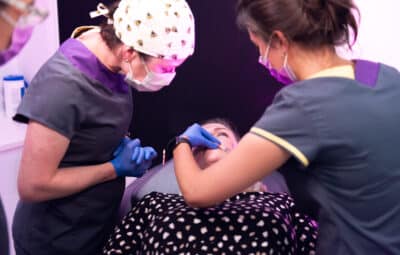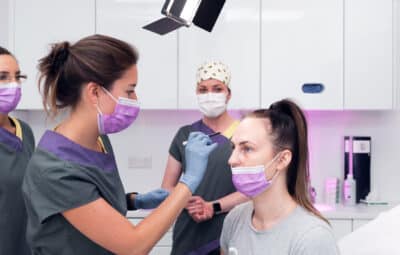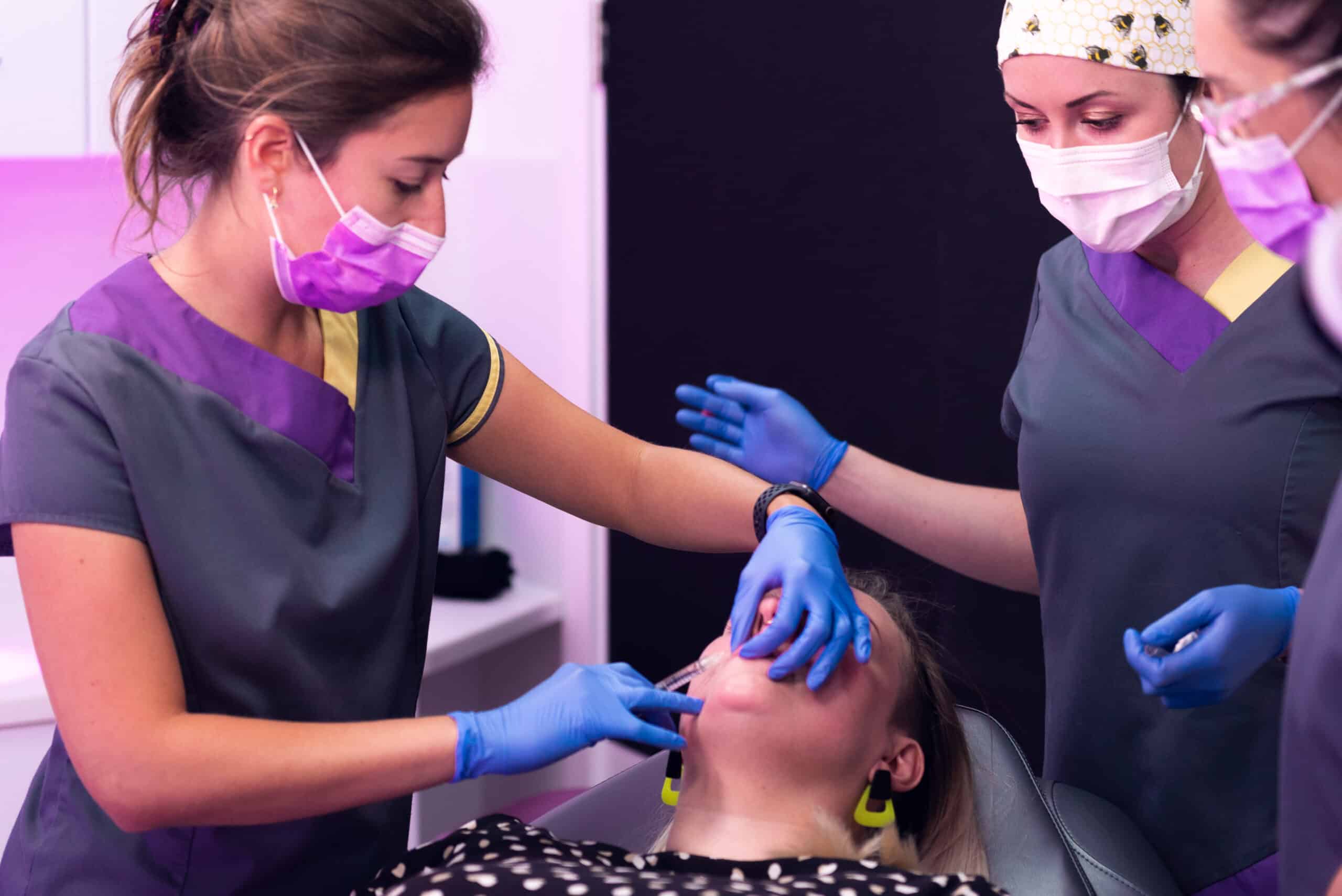
Master Lip Anatomy for Fillers: Inject Better & Grow Your Practice
30 May 2024
In this post:
- Learn about the anatomical layers of the lips, from the skin to the inner oral mucosa. You’ll understand about each layer, and why it’s best to inject in the subcutaneous fat.
- Gain insights into the vascular structure of the lips to prevent complications and ensure safer injection practices.
- Explore how the depth of injections and anatomical knowledge contribute to safe and aesthetically pleasing results.
- Discover the benefits of having a comprehensive understanding of lip anatomy for fillers.
Lip filler is the go-to treatment for those looking for fuller, more defined lips. To achieve beautiful and safe results for your patients, a comprehensive understanding of lip anatomy is a must.
Social media and celebrity influence has caused this treatment to surge in popularity over the last decade, and demand only continues to grow. People of all ages are turning to lip filler to add more volume, correct asymmetries, or achieve a more youthful looking appearance.
But what’s the real secret to a stunning lip filler result? It’s always the training and experience of the injector. Trained injectors understand the intricate anatomy of the lips and perioral region. With this comprehensive understanding comes the ability to perform safe treatments with results patients will love.
Read on to learn more about the layered anatomical structures in and around the lips and how aesthetic practitioners can prevent common lip complications.
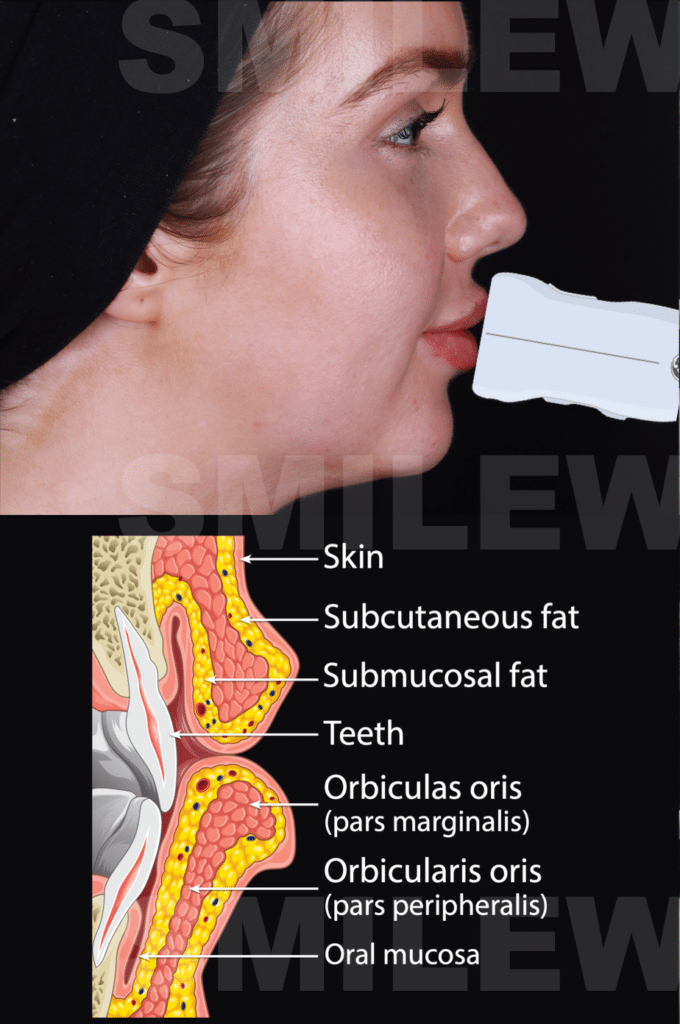
Lip Anatomy Explained
The first step to creating outstanding lip filler results is to familiarise yourself with the tissue layers of the lips. Going from external to internal, the lips consist of the following distinct layers:
1. Skin
The skin is the outermost layer, providing protection and structure. There are three components that make up this layer: the cutaneous lip (the skin), the red lip (dry mucosa), and the wet mucosa.
The cutaneous lip is made up of keratinised stratified squamous epithelium. It’s an outer layer that contains hair follicles and is made up of the same stuff as the skin on the rest of our body. It conforms to the traditional layered structure.
The red lip, also known as the vermillion or dry mucosa, is made up of non-keratinised stratified squamous epithelium. In contrast to facial skin that is up to 16 cell layers thick, the red lip is much thinner at around 3 to 5 cell layers. It’s highly vascular and lacks hair follicles, salivary, sweat, and sebaceous glands.
The wet mucosa is also known as the oral epithelium. It’s the mucous membrane lining the inside of the mouth and beginning at the wet-dry border. Like the red lip, it’s made up of non-keratinised stratified squamous epithelium but with an underlying layer of connective tissue termed the lamina propria.
The transition between the dry mucosa and wet mucosa is identified by the presence of submucosal salivary glands, which moisten and lubricate the wet mucosa to aid in its functions of mastication and speech.
We won’t go into too much detail about the skin and mucosa of the lips, but it’s important to be aware that the texture and structure differs from other parts of the face. This affects your injection because thinner skin will more obviously show filler.
2. Subcutaneous Fat
Subcutaneous fat is a layer of fat beneath the skin that adds natural volume and cushioning. This is the depth you’ll inject in the lips. Injection at this layer is safe, but careful control of the depth of your needle or cannula is still needed.
3. Orbicularis Oris Muscle
The orbicularis oris is the main muscle of the lip and is responsible for movement and expression. It’s a sphincter, which means it’s a muscle that closes a hole. It’s a broad, circular muscle that surrounds the mouth.
4. Submucosal Fat
Submucosal fat is another layer of fat located deeper within the lips. You’ll never inject at this depth because more that 99% of superior arteries and 95% of inferior labial arteries are located in either the submucosal or intramuscular planes.
5. Oral Mucosa
The oral mucosa is the innermost layer that lines the inside of the mouth. You won’t have to concern yourself with this layer during lip injection, but it is important to be aware of the complete anatomy.
Understanding these components helps injectors like you place fillers precisely, ensuring natural results and reducing the risk of complications.
Vessels of the Lips
The lips and perioral areas are highly vascular. Vascular occlusions happen when a blood vessel is blocked, squashed, or irritated by filler. They are one of the most feared complications in aesthetics. It is for this reason that having a comprehensive understanding of vascular anatomy is a must.
Familiarity with the vessels in the lip and perioral regions will help you diagnose complications and allow you to stop worrying about accidentally causing one yourself. With facial ultrasound, this risk is even less likely as you’re able to see the layers beneath the skin.
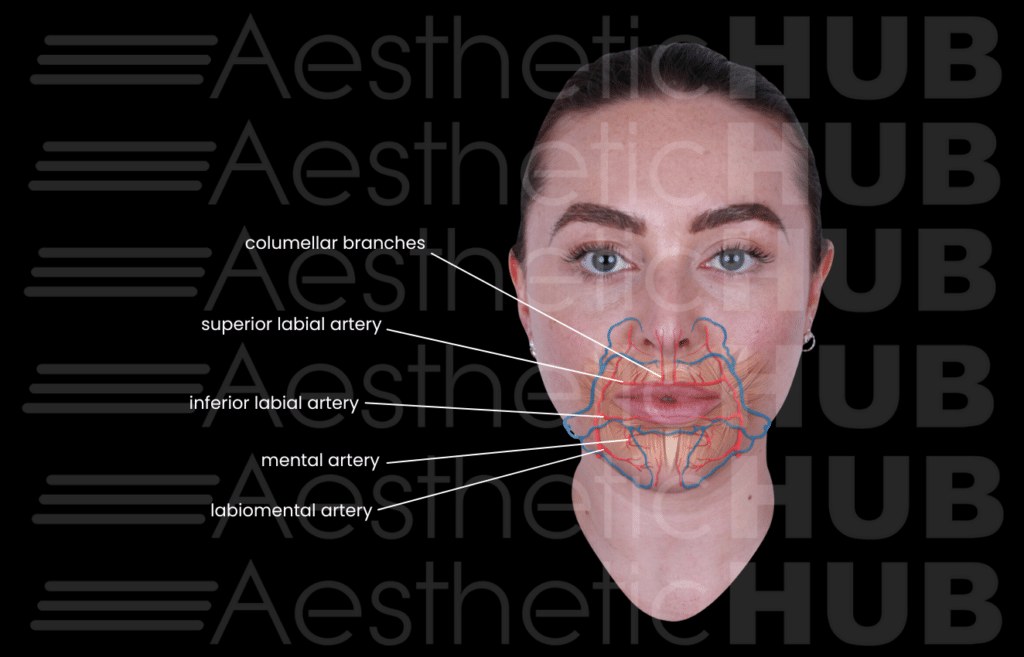
The two arteries we are most concerned with are the superior labial artery and the inferior labial artery, both of which form a circular vascular network surrounding the mouth. These are the main vessels supplying blood to the lips.
The superior labial artery supplies the upper lip, nasal septum, and nose ala. This artery is the most superficial at the wet-dry border, so avoid injecting here.
The inferior labial artery supplies the lower lip and labial glands. Similar to the superior labial artery, the inferior labial artery is also most superficial at the wet-dry border so it’s best to avoid injecting here.
Having an understanding of vessels is the single best way to avoid complications. See our blog post on lip fillers gone wrong to learn more.
There are more arteries to be mindful of. We expand more on these vessels in the upcoming addition to the HUB’s renowned lip filler course. If you’d like to be notified when this new content comes out, follow our Instagram or send us an email expressing your interest.
Benefits of Understanding Lip Anatomy
An in-depth knowledge of lip anatomy allows aesthetic practitioners to inject fillers safely and with precision for every patient. The benefits of such knowledge include:
- Targeted Injections: Enhancing specific areas like the vermilion border or cupid’s bow.
- Avoiding Complications: Preventing vascular occlusions and other adverse events by understanding where critical blood vessels are located.
- Grow your practice: Gain a reputation for safety amongst patients and peers to grow your practice to new levels
Lip filler patients are the cornerstone for every flourishing aesthetic practice. This treatment can be key to growing your aesthetics business in its early stages. Patients who are looking to transform their pout are typically young, have a busy social life, and are eager to share their experiences with their friends and on their social media profiles.
What does this mean for you? Referrals, of course!
However, these patients also maintain high standards, making it crucial for you to be well-versed in all things lip filler to meet expectations.
Despite being a lucrative and straightforward procedure when executed correctly, lip fillers are also associated with a notable risk of complications. This risk is especially relevant for beginner injectors who may lack proper training and the confidence necessary to perform injectable treatments.
Since non-medical beauticians also offer lip treatments, it is vital for medical aesthetic professionals to distinguish themselves by providing superior results to justify charging a premium. By establishing yourself as a better option, you’ll be able to secure your reputation for safety and ensure the longevity of your practice.

Learn From The Best In The Industry!
We’re proud to introduce the Smileworks Aesthetic Training HUB – an esteemed aesthetic training centre based in the UK. We pride ourselves on our wide range of online and hands-on courses tailored for every skill level. Whether you’re taking your first steps into the world of Botox and fillers, or you’re an advanced injector aiming to master facial ultrasound techniques, we have the expertise and courses to suit your needs.
Stop pursuing a thankless career that doesn’t make you happy.
Don’t let financial limitations keep holding you back from living your fullest life.
It’s time to embrace the prospering world of aesthetic medicine. The HUB provides you with all the right training and guidance you need to succeed. Take control of your professional journey and step into a future filled with endless potential and opportunities.
Join us at the HUB. Let’s shape the future of aesthetic medicine together and ensure safe, effective, and transformative results for every patient.
Want to try out our courses before committing? Take advantage of our free trial for a taste of what learning at the HUB is like.
